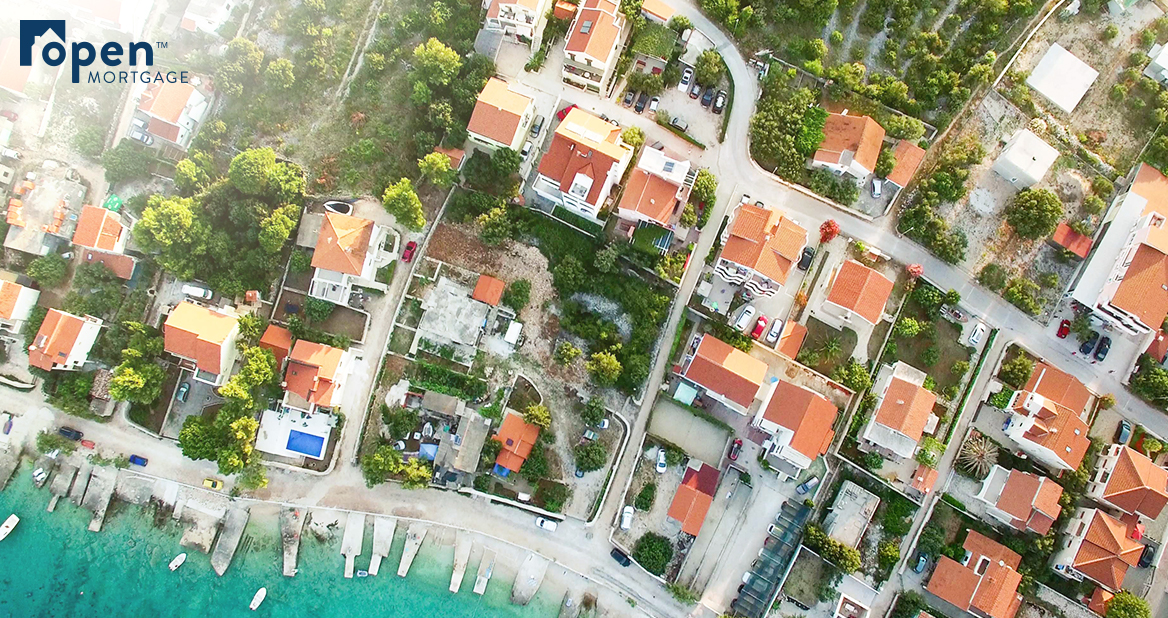
Five Things to Know About Mortgages for Second Homes and Investment Properties
Residential properties are great investments. That’s why homeowners often want to purchase more than one. These properties usually fall into one of two categories:
- Investment properties
- Second homes
Regardless of your purchase, you’ll likely need to take out a new mortgage on a new property while continuing to live in (and pay for) your current property.
What to Know About Second Homes
Lenders are more than happy to finance the purchase of a second home, but they are also a bit more careful. Two homes means two separate mortgages – an expensive undertaking even for the wealthiest of individuals. This, in turn, means more financial risk for both the borrower and the lender.
It’s still an excellent investment. It’s also one that will need careful consideration. The following are some important facts about these mortgages you’ll want to consider before you make the purchase.
- They Are Considered Different Purchases – Although both involve the purchase of a second home, they are not considered the same by lenders. You’ll need to know which type of purchase you’re making, and disclose it honestly to the lender.
- Second Homes Have Restrictions – Second homes need to be seen like vacation homes. They must be over 50 miles from your home. They are not supposed to be rented, including short term rentals like AirBnB. You also need to live there for some portion of the year. If it does not meet these qualifications, it is considered an investment property.
- Second Homes Have a Lower Rate – The reason this distinction is important is because second homes have a lower interest rate than investment homes. That’s because statistically, you are more likely to continue to pay for a second home than you are an investment property if your investment goes south.
- Second Homes Have Higher Down Payments – Most second properties are likely to require a 20% down payment. But some lenders allow you to take out a second home mortgage with a 10% down payment. With investment properties, it is always a 20% minimum, with some lenders requesting 25% for a lower APR.
- There May Be More Steps Toward Qualifying – Your mortgage payments on your primary residence are factored into whether you qualify for a loan, even if you plan on turning the new property into an investment property. That may make it harder to qualify for the purchase.
Despite these issues, it’s been a fantastic market for both second homes and investment properties over the last several years, and for those who qualify, there are genuine benefits that can make each of these properties advantageous. For more information about whether you qualify for a second property purchase, contact one of our friendly loan originators today.





